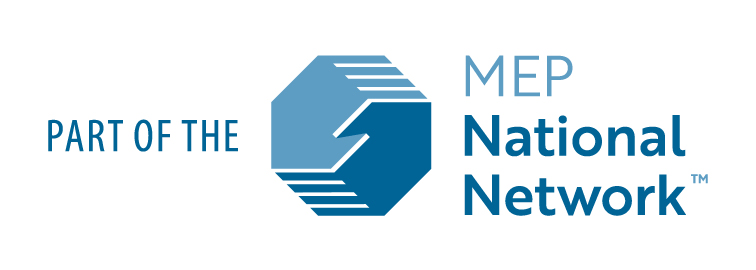Thursday, February 16 2023
What does Automation have to do with Workforce Development?

“We have a workforce shortage!” “We cannot find enough people to fill our open positions!” Those statements have been heard over and over since “the before times” (i.e. pre-COVID), a phrase coined by Kai Ryssdal of Marketplace®. As we all know, COVID just exacerbated the shortage. So, what are we to do? Many have pointed to automation as one way to compensate for the shortage of workers.
What does automation have to do with workforce development? Some say we need to train people for
advanced manufacturing, Industry 4.0, the Internet of Things (IoT), data analytics, and the like (i.e.
automation). While all of these are important and need to be done, we must also remember current
employees will see this migration to automation as a threat to their jobs. How do we help them see their
part in the automation migration? For one thing, we need to help our employees understand that when
automation happens, it is NOT an elimination of a JOB. It is an elimination of a ROLE. Helping our
employees understand that simple differentiation is critical to their acceptance of automation. Their
ROLE is changing but their JOB remains.
Another critical part is effective leadership through change. This is a necessary part of the automation
step, yet often gets overlooked, or not done well. Change is hard. Not because of the change itself,
which is situational, but because of the transition to the change which is psychological(1). In other words,
with every change comes transition. Every change starts with an ending(1). The ending of the current way.
This results in a feeling of loss. When an employee’s role is changing, they lose something, thus they
resist. Why? Fear of the unknown, fear of failure, loss of routine, loss of familiarity, fear of job loss, etc.
It is our responsibility as leaders to help our teams through this transition.
What are some ways we can do this? Have you ever heard of the four P’s of change(1)?
- Purpose – What is the purpose of the change? We need to “sell” the problem not the solution.
Most leaders spend more time communicating the solution instead of communicating the
problem. That is backwards. We need to help our employees understand the problem. The
better they understand the problem, the more likely they will see the need for a solution. - Picture – Once we have helped our employees understand the problem, then we can start
“painting” for them a mental image of what solutions are possible. Communicating a picture of
the future and how it benefits them as members of our team is integral to getting their
acceptance of the change. - Plan – Develop the plan for solution implementation. This often is done without employee
involvement, and that is detrimental to the plan. A good plan involves the people being affected
by the plan. Let them be part of the planning process. - Part – Communicate to the employees their part in the plan. If we allow them to be part of the
planning process, then their part in the plan becomes clear to them. Once they see their part,
the degree of acceptance increases.
As we look toward automation as one way to help mitigate the shortage of workers, let us not forget the
necessity of retaining those employees we already have on staff. Using an effective change management
process, like the one described above, helps us accomplish that.
Footnote:
(1) Bridges, W., Managing Transitions: Making the Most of Change, 2nd Edition, ©2003, Da Capo Press: A
Member of the Perseus Books Group, 11 Cambridge Center, Cambridge, MA 02142.
Writer: Joseph McMurry, 317-275-6810, jmcmurry@purdue.edu


